This post may contain affiliate links. Please read my disclosure and privacy policy.
This tahini recipe is quick & easy to make at home, and it’s a great way to save money at the same time. Homemade tahini costs nearly half the price of buying a jar at the store, and it will take you roughly 10 minutes to make it.
What is tahini made of?
The best tahini, in my opinion, is made with only one ingredient— hulled sesame seeds. (I buy these organic ones on Amazon)
Just like peanut butter is made from ground peanuts and almond butter is made from ground almonds, tahini is made from ground sesame seeds. No added oil is required!
Benefits of sesame seeds
Since tahini is simply a paste made from ground sesame seeds, it should have the same health benefits as the seeds themselves. Check out the possible benefits below!
- Tahini may help to lower cholesterol and triglyceride levels, which are considered risk factors for heart disease. (source)
- Sesame seeds are a good source of magnesium, which may help to lower blood pressure. (source)
- The oil naturally found in sesame seeds may have anti-inflammatory effects on the body. (source)
- Sesame seeds are a source of several B vitamins, including B1, B3, and B6.
- 3 tablespoons of sesame seeds (roughly 1 1/2 tablespoons of tahini) will provide 10% of the recommended dietary intake (RDI) of iron, which may help with red blood cell formation.
Sesame seeds are also known for having more calcium than milk, but keep in mind that most of the calcium is found in the hull– and this recipe uses sesame seeds with the hull removed. (Because it tastes better.)
What does tahini taste like?
Not surprisingly, tahini tastes like sesame seeds. When you use hulled sesame seeds, it has a mild, nutty, and slightly bitter flavor, with a texture similar to that of peanut butter or sunflower seed butter.
How to make it
To make tahini, you’ll need to start with hulled sesame seeds, or the final result will taste bitter. I don’t toast the seeds, because I like the taste of raw tahini, but you can toast them in a skillet for 5 minutes (no need to add oil) until they are fragrant, if you prefer a toasted flavor.
Pour the seeds into your food processor (mine is a 12-cup food processor) fitted with an “S” blade, and start processing! In about 5 minutes, your tahini will look a little crumbly, like the photo above.
Stop and scrape down the sides, then return the lid and keep processing. You’ll start to hear more of a “sloshing” sound as the sesame seeds start to release their natural oils, making the tahini creamier and smoother.
After 8 minutes total of processing, it should look something like the photo below.
You could absolutely serve your tahini after 8 minutes of processing, but I let my food processor run for another 2 minutes, to make sure the tahini is extra-smooth and creamy.
Transfer the tahini to a glass jar with an airtight lid, and store it in the fridge until you’re ready to use it! Keep in mind that this type of tahini– with no added oil– will thicken up a bit in the fridge, too.
How long does homemade tahini last?
Homemade tahini can last up to 6 months when you store it in an airtight container in the fridge. It must be refrigerated and be sure to always use clean, dry utensils every time you open the jar.
Tahini recipes (how to use it!)
Tahini is one of my favorite ingredients for adding creaminess to a recipe, without using dairy. Try one of the following tahini recipes to use up whatever you have in the fridge!
- Lemon Tahini Dressing
- Cucumber Tahini Salad Dressing
- Zucchini Hummus
- Broccoli Salad
- Roasted Vegetable Pasta Salad

Ingredients
- 4 cups hulled sesame seeds (about 1 pound)
Instructions
- Pour the hulled sesame seeds into the bowl of a large food processor fitted with an "S" blade, and start processing.
- The seeds will take roughly 5 minutes to break down into a crumbly texture, then you can stop and scrape down the sides to make sure everything processes evenly. Process the seeds again, until the tahini becomes silky-smooth. It should take roughly 5 more minutes. (So, 10 minutes total of processing.) You'll hear a change in what the machine sounds like-- the tahini will start to sound more "sloshy" as the seeds release their natural oils.
- The tahini is done when it's smooth, with a runny or drippy texture. There will still be a slight graininess when you taste it, but ultimately it will be pretty creamy looking.
- Transfer the tahini to a clean 16 ounce jar, and seal it with an airtight lid. Tahini can be stored in the fridge for up to 6 months.
Nutrition
Tahini nutrition info above is per ounce, which is roughly a 2 tablespoon serving.
Recipe Notes:
- If you want to toast your sesame seeds before making tahini, you can do that by stirring them in a pan over medium heat for about 5 minutes, until they become fragrant.
- I don’t add oil or salt to my tahini recipe, because I want it to be as neutral in flavor as possible for when I use it in other recipes (like the ones I mentioned above). If you plan to use this plain on toast or crackers, feel free to season it how you like!
- I haven’t tried making this in a blender, but I imagine you can if you use a low setting. Please let me know if you try it!
If you try this tutorial, please leave a comment below letting me know how it works for you. And if you make any modifications, I’d love to hear about those, too! We can all learn from your experience.
–
Reader Feedback: How often do you use tahini? I’d love to hear your favorite recipe for it below. It’s a staple in my fridge at all times, but one jar of this usually lasts a month or two in our home!
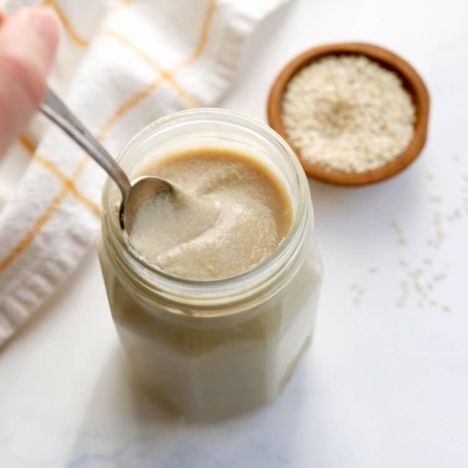

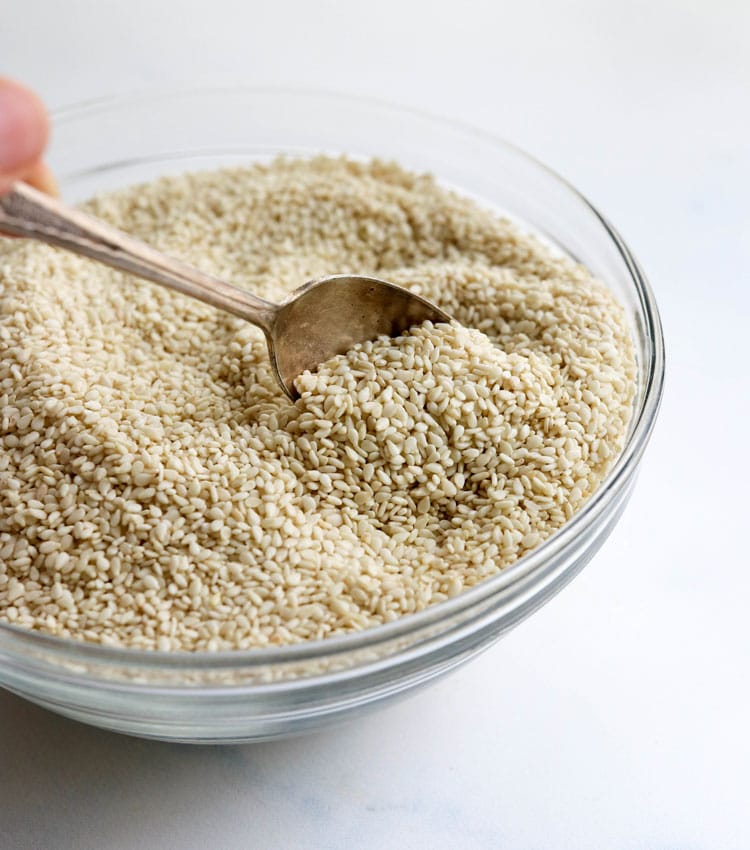





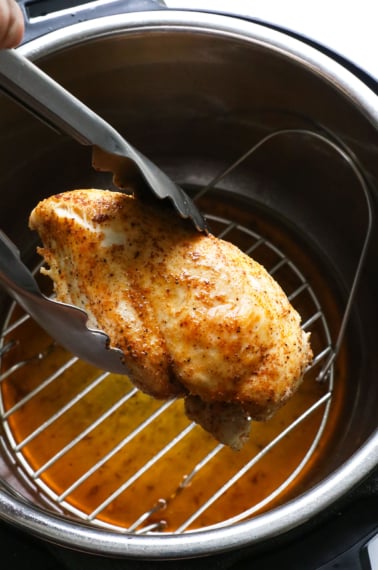
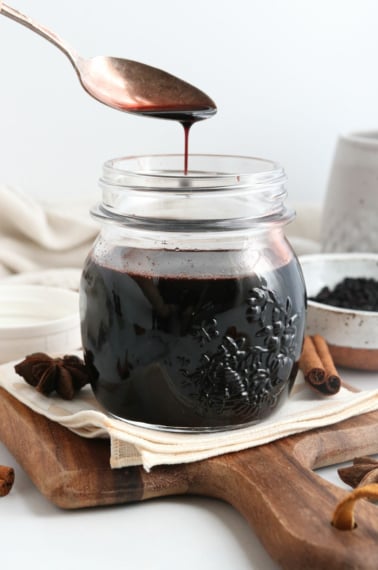
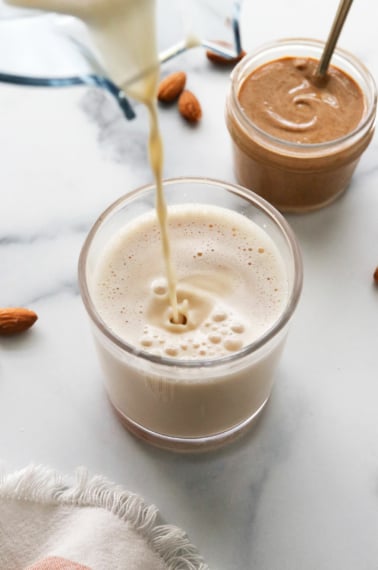
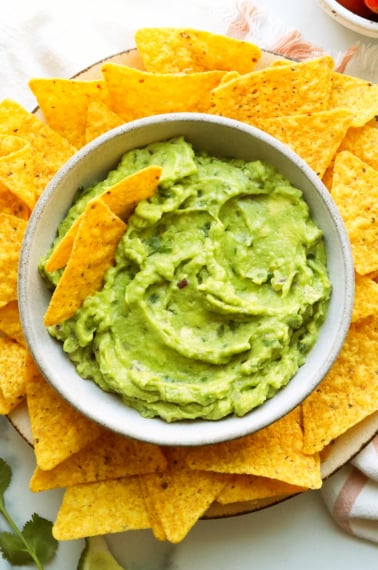






I had to add some oil and some water to get a paste, so this recipe requires a powerful food processor
Simple and straightforward. Thank you!
I made the recipe using my Cuisinart 11 cup 550 watt food processor and it took about twice as long. I did keep stopping the machine about every 3 minutes initially, as I had concerns about what the motor could handle. Still, it eventually came out fine, if not quite ‘drippy’. (I noticed your FP is 1000 watts).Looking forward to making hummus burgers with it.
Thanks for the feedback! It’s great to know how it turns out in other food processors. Hope you enjoy the hummus burgers!
I had no idea it was this easy! I love that you don’t use added oil to make this tahini recipe. I follow a whole foods plant based diet, so this fits right in with my needs. And it tastes really good!
I’m so glad to hear that, Rachel!
Thanks Megan! Can’t wait to try this homemade version, instead of buying my usual bran at a whole Foods!
I have a Vitamiz – any alterations to use it versus my food processor?
You’ll probably just have to use the tamper to keep it moving in the base of the Vitamix– unless you have one of the newer models with a wider base. My Vitamix has a narrow base, and that makes it difficult to make nut and seed butters because the blade speed is almost too much for them. Definitely plan on stopping and scraping down the sides a lot to keep everything moving in a blender.